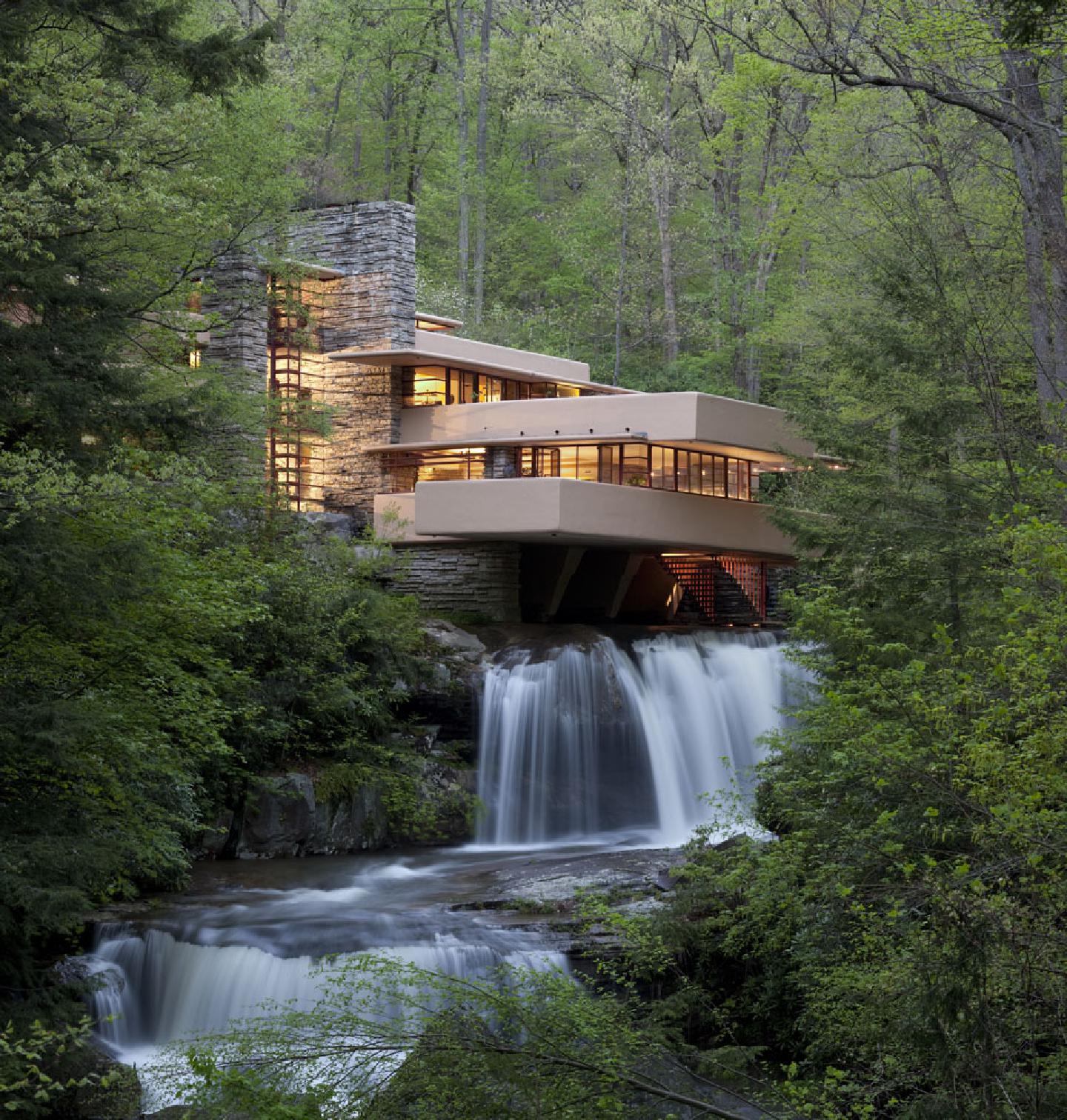While the Arts and Crafts style design movement of the mid-to-late 19th century promoted simplicity in architecture, decor, and furnishings, the handcrafted designs of the period were not devoid of ornamentation.
Quite the opposite, detailed metalwork and stained glass were hallmarks of the movement. Those artisan-crafted elements found great favor as woodworking became sleeker with uncomplicated lines. At this time, textiles and wallpapers used designs from nature and geometric motifs to great advantage.
Rich History. Deep Roots.
Design styles can be so strong that we sometimes think of them as having sprung into existence fully developed. However, you will find a rich history, deep roots, and a steady design evolution behind each style as it grew and gained acceptance.
That history and those who worked to create each style are fascinating and can inform our understanding of contemporary trends in architecture and interior design today. Here are a few thoughts on the history of Arts & Crafts style for your consideration:
half-plate glass positive, 19 January 1889 – NPG x19616 –
© National Portrait Gallery, London
William Morris and the early Arts & Crafts movement
Influenced by John Ruskin, William Morris was one of the early founders of the British Arts and Crafts movement (1860-1880). Ready to move on from the overly ostentatious Victorian style with its excessive ornamentation, Morris and his like-minded followers sought to return to a particular style of handcrafted architectural elements and furnishings reflecting nature in opposition to the mass-produced, heartless production pieces that were made common during the Industrial Revolution.
His focus was on creating handcrafted wallpapers, fabrics, and tapestries that involved handwork. He is perhaps most famous for his hand-woven tapestries inspired by historical furnishings.
One of the goals of Morris’s movement was to give everyone, not just the affluent, access to custom-made furniture and furnishings. He coined the term “bespoke” items, which is the term often used today.
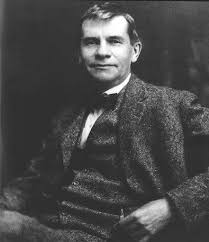
Gustav Stickley and The Craftsman
As the 20th century dawned, many Americans learned about the Arts & Crafts movement from furniture maker Gustav Stickley through his magazine, The Craftsman.
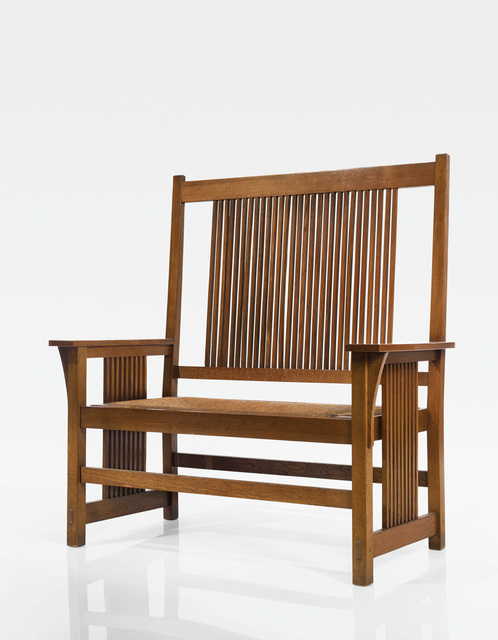
Image: Moma.org
He sold plans for houses which became known as Craftsman style homes. Stickley’s furniture was the epitome of spare handcrafted Arts & Crafts style.
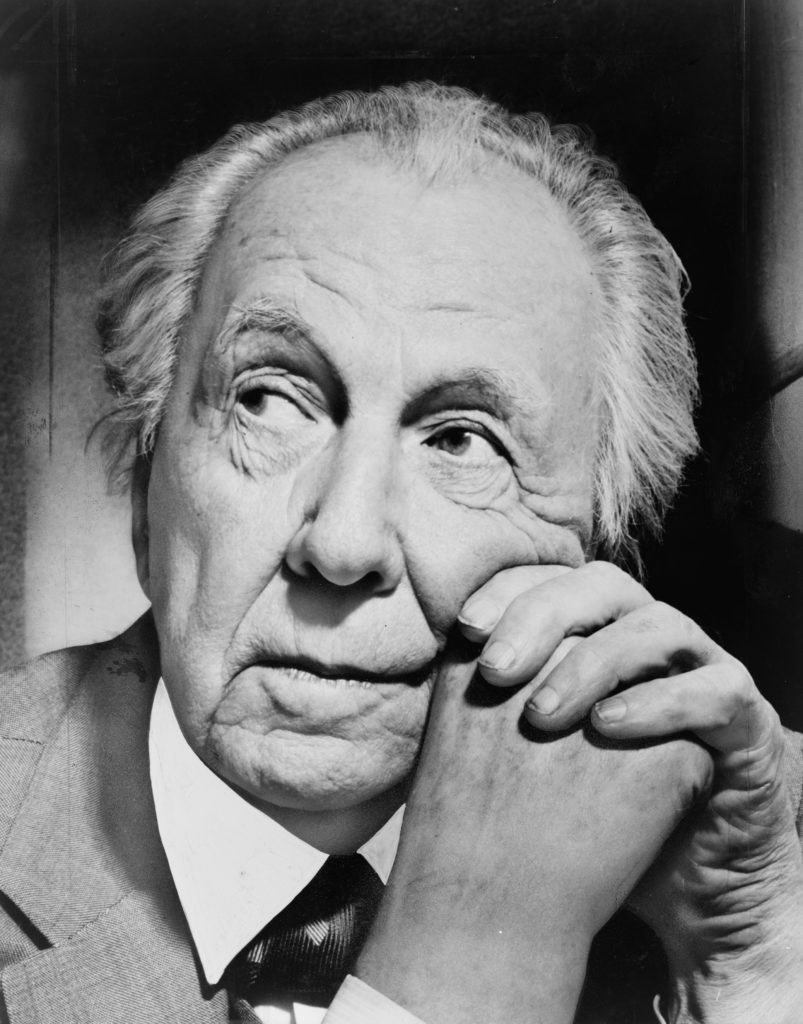
Frank Lloyd Wright’s Prairie School
Iconic designer and architect Frank Lloyd Wright founded the Prairie School of the Midwest. Taliesin in southwestern Wisconsin and Taliesin West in Scottsdale, AZ still flourish today. Both are beautiful examples of his work and the vital parts of his revered legacy.
“The physician can bury his mistakes, but the architect can only advise his clients to plant vines.”—Frank Lloyd Wright

Falling Water, designed by the architect in 1935, was Designated as a UNESCO World Heritage Site in July 2019. That prestigious designation also included 7 other Wright edifices that best illustrate his prolific genius among the over 1000 structures attributed to him over his lifetime. Wright believed that built structures should fit seamlessly into their natural surroundings.
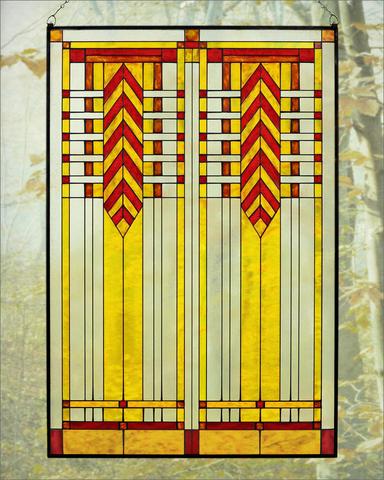
About Mission, Prairie, Craftsman, and Bungalow Style
Several styles, including Mission, Prairie, Craftsman, and Bungalow are known off-spring of the original Arts & Crafts movement. Many in the U.S. speak of these styles interchangeably with the Arts and Crafts style, though technically they aren’t the same.
They were inspired by and simply grew out of that movement as it spread across the country from region to region. “Prairie” in the Midwest and Mission, along with “Bungalow” in California.
Influence on Arts & Crafts Style Today
Love of artisanal, one-of-a-kind furniture has roots in the early Arts & Crafts movement. American DIY and crafting trends of the recent past are also an outgrowth of those previous efforts to promote craftsmen and artisans and their work.
Houses built by architects of the Arts & Crafts period are still prized today, as are the furniture and accessories handcrafted by artisans of the day. Frank Lloyd Wright’s homes are much sought-after and there’s a lot of buzz about each as it comes on the market.

Mervyn Weitz and NOVA of California
NOVA’s design team of the late 20th century was inspired by the California Arts & Crafts design scene. Designed in 1999 by Mervin Weitz, our Mica 3 Light Arc Floor Lamp has a storied history.
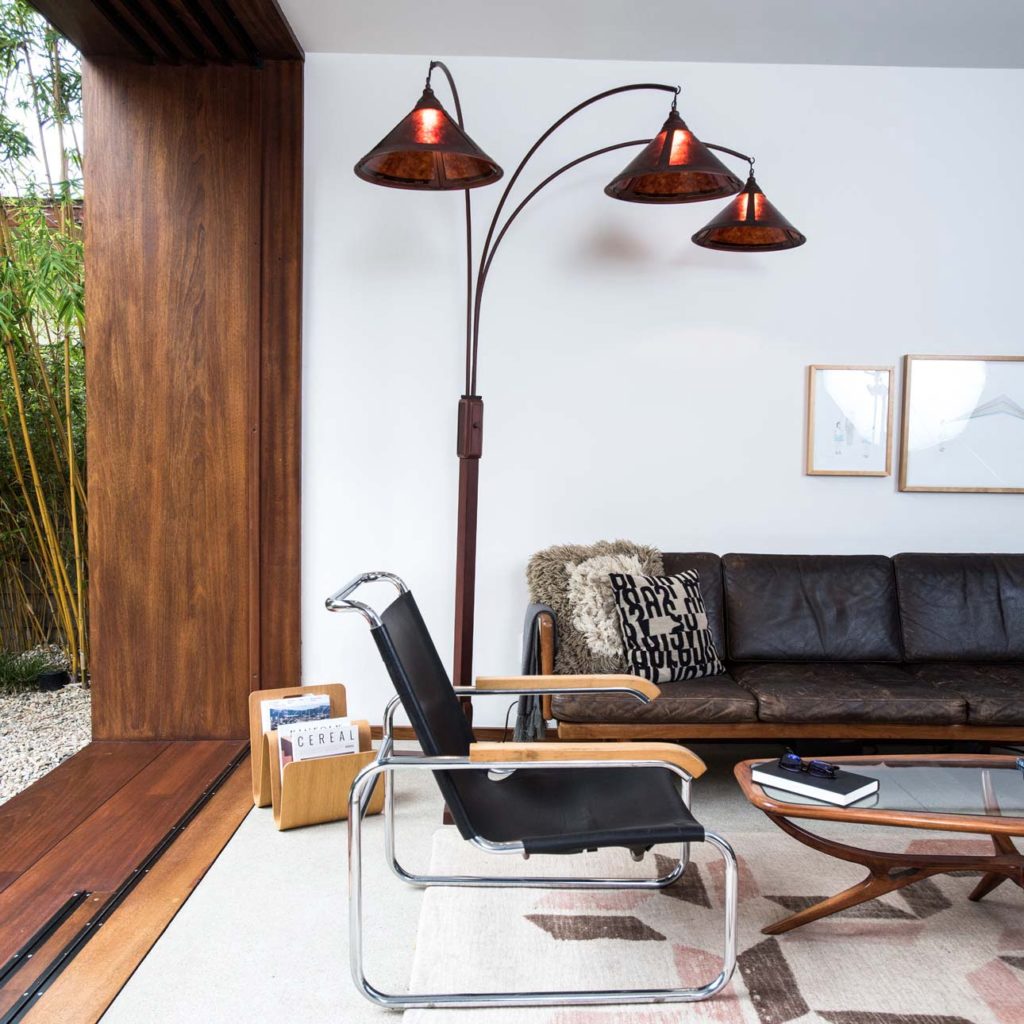
Weitz took inspiration from the Arts & Crafts style lamps of the early 1900s, then paired this craftsmanship with classic modern elements and offered his interpretation as a NOVA arc lamp. The result was an heirloom-quality light fixture that produces a warm, fiery glow only achieved through its natural mica mineral shade. To this day, it remains one of NOVA’s most popular light fixtures.
Designer Take-Aways from Arts & Crafts Style Guide
- Arts & Crafts Style was a movement started in England by William Morris.
- This movement revered individual artisans and their craftsmanship.
- The Arts & Crafts movement inspired architects and furniture makers across North America.
- The movement was in counterpoint to the massive, highly ornamented Victorian style and the mass-produced furnishings enabled by the factories of the Industrial Revolution.
- William Morris sought to promote handcrafted work and the artisans themselves.
- Frank Lloyd Wright was inspired by this movement and created his prairie-style
- Lighting and decor designers and makers have been inspired by this movement to the present day.
- NOVA of California was highly influenced by the Arts & Crafts movement and blends traditional craftsmanship (analog) with cutting-edge LED technology (digital) in modern forms.



